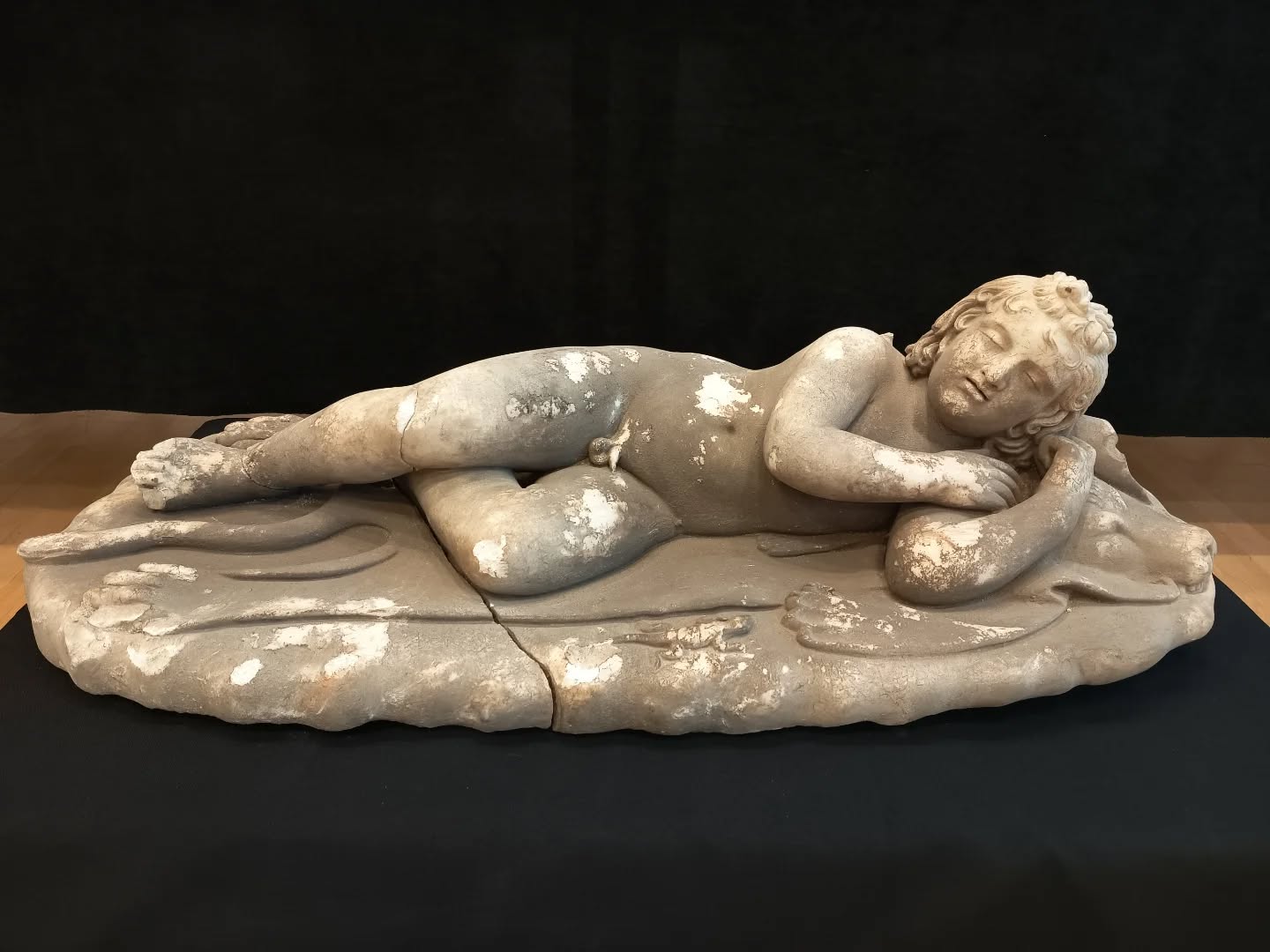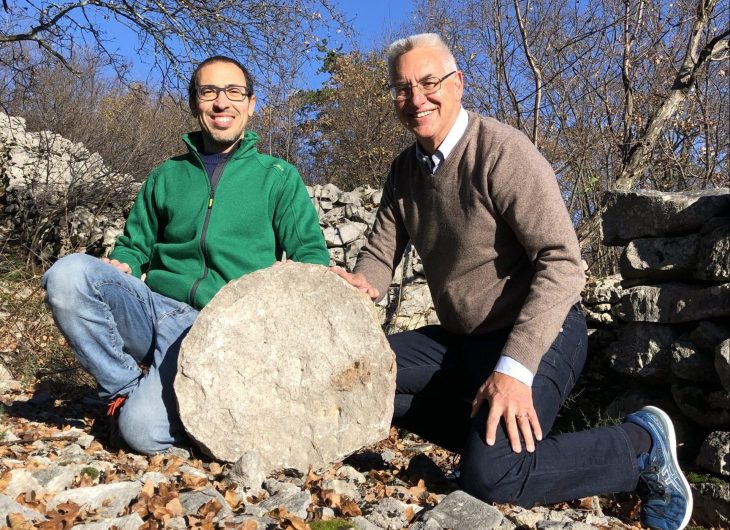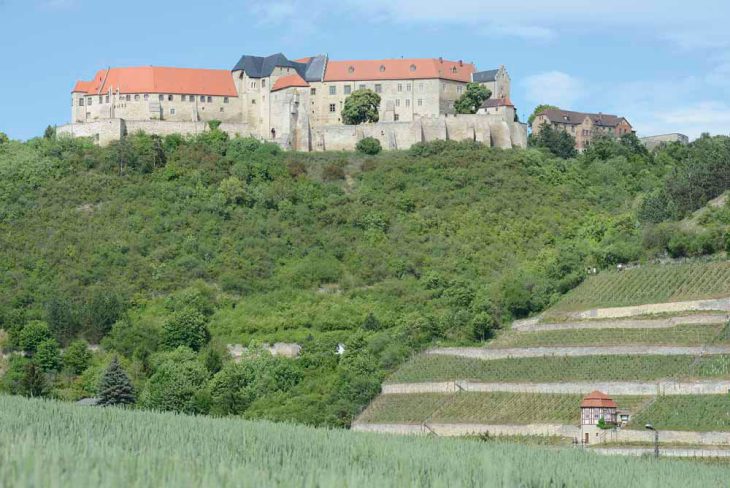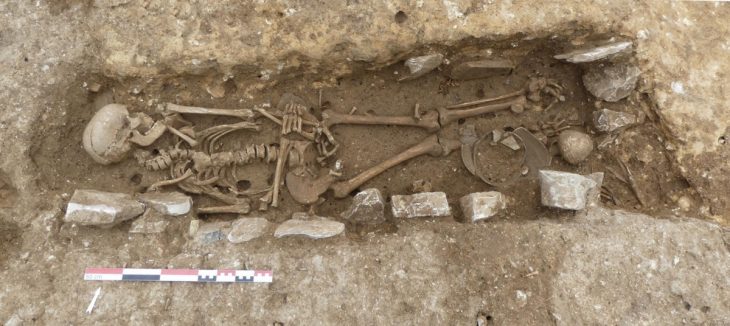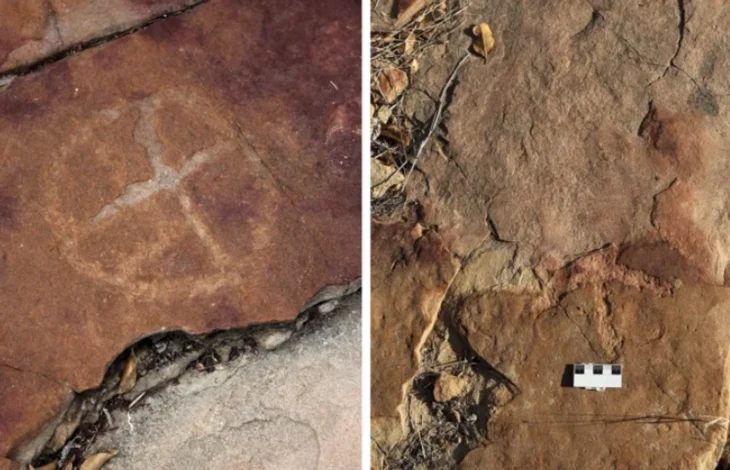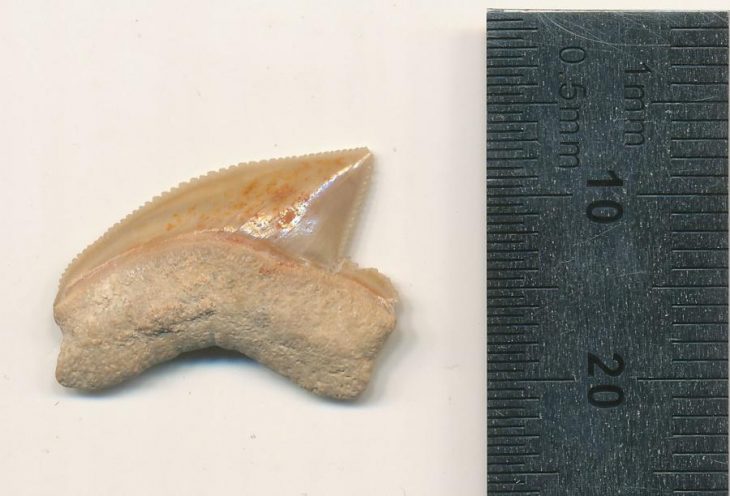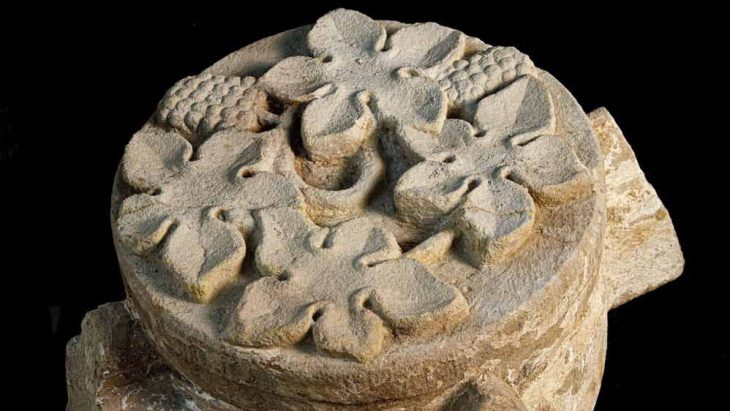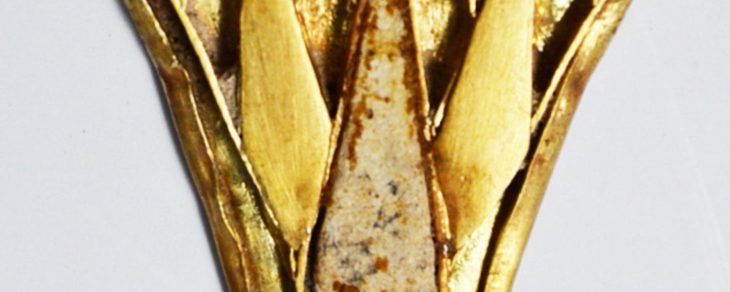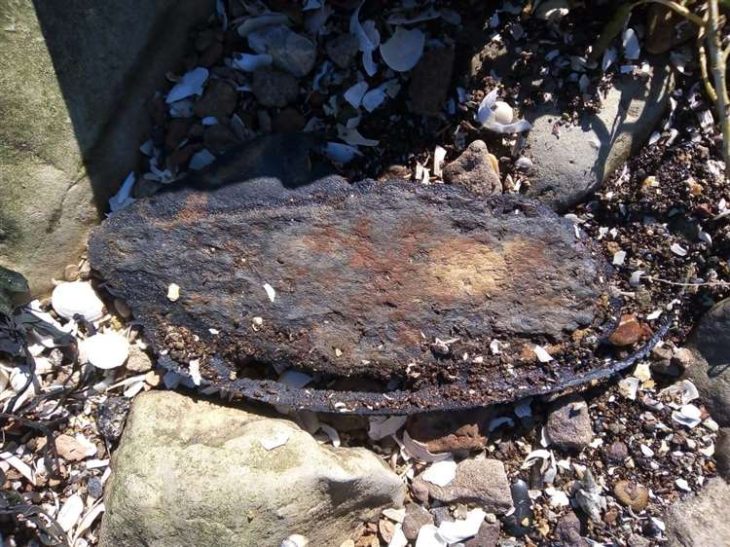A remarkable discovery has once again placed Pula archaeology in the spotlight. During excavations in the historic center of the Croatian port city, archaeologists uncovered a finely carved marble sculpture of a “Sleeping Cupid,” dating back to the 2nd century CE. Experts describe the find as one of the most significant examples of ancient Roman art ever discovered in Istria, and a testimony to the wealth and cultural sophistication of Roman-era Pula.
A Two-Thousand-Year Slumber Awakened
The sculpture, measuring approximately 98 centimeters in length, 44 centimeters in width, and 30 centimeters in height, was unearthed in two pieces beneath Castropola Street, at a depth of about three meters. The discovery was made by archaeologist Aleksandra Paić and her team, who were conducting research on a Roman domus — a luxurious family residence — situated on private property owned by the company Kaštel Centar. The site is slated for the construction of a boutique hotel, but its archaeological significance has now taken precedence.
“We literally woke him from his two-thousand-year sleep,” Paić remarked, describing the moment the figure of Cupid — or Eros, the god of love — emerged from the soil. The sculpture depicts the youthful deity lying serenely on a lion’s skin, with a small lizard beside him, a motif that appears in only a handful of examples across Europe.
Symbolism of the Sleeping God of Love
In Roman and Hellenistic iconography, the Sleeping Cupid symbolizes more than rest — it represents the delicate boundary between love, sleep, and death. For ancient Romans, the image of a slumbering Eros suggested the eternal nature of love and the renewal of life after death. Such depictions were often placed in children’s tombs or luxurious villas, evoking innocence and divine protection.
According to Silvana Petešić, curator of the Archaeological Museum of Istria, the Pula statue is crafted from fine-grained white marble of still-unknown origin, sculpted with exceptional precision. “Our Eros lies on a lion’s skin, his head resting on the lion’s head, rendered with breathtaking delicacy,” Petešić explained. “Only a few comparable examples in Europe remain so complete.”
📣 Our WhatsApp channel is now LIVE! Stay up-to-date with the latest news and updates, just click here to follow us on WhatsApp and never miss a thing!!
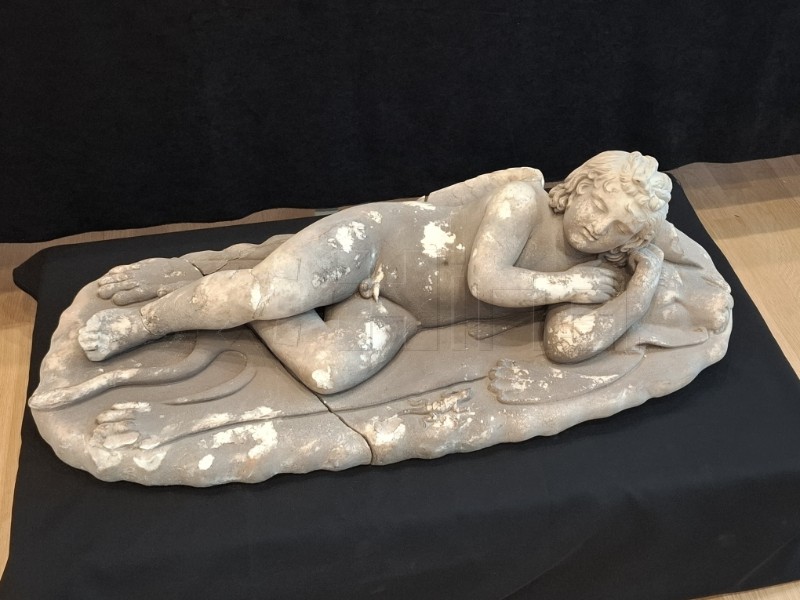
An Ancient Treasure of Pula Archaeology
The discovery site covers about 1,200 square meters between Cvečićev and Glavinićev Uphill — an area rich in remains of Roman Pula’s urban core. Early findings suggest that the domus was lavishly decorated with mosaics, marble cladding, and frescoes. These details indicate that the residence belonged to an elite family during the city’s period of prosperity in the 2nd century CE, when Pula — then Pola — was a thriving Roman colony and regional trade hub.
“This is an extraordinary find that testifies to the wealth and culture of ancient Pula,” said Darko Komšo, director of the Archaeological Museum of Istria. “With this discovery, Pula has once again confirmed its status as one of the Mediterranean’s great archaeological treasure troves.”
Preservation and Museum Display
Conservators have already begun the careful process of joining the statue’s fragments and preparing it for laser cleaning to remove centuries of sediment without damaging the marble surface. Once restored, the Sleeping Cupid will join the permanent collection of the Archaeological Museum of Istria, where it will be displayed alongside other key artifacts from Pula’s Roman past.
Komšo emphasized that the museum’s mission is to preserve such exceptional works for public study and admiration. “The ‘Sleeping Cupid’ is not only a masterpiece of ancient Roman art, but also a bridge between the ancient and modern city,” he said. “It reminds us that beneath every stone of Pula lies a story waiting to be rediscovered.”
Pula’s Enduring Legacy
Founded over 2,300 years ago, Pula has an unbroken continuity of habitation from prehistoric times through Roman, Venetian, and Austro-Hungarian periods. Once known as a major Roman colony with a grand amphitheater, temples, and mosaics, the city continues to yield discoveries that reshape our understanding of life along the Adriatic coast in antiquity.
For archaeologists and art historians alike, the Sleeping Cupid of Pula offers not only an aesthetic marvel but also a narrative of faith, luxury, and artistic mastery. Each curve of marble speaks of the hands that carved it and the civilization that cherished beauty as an expression of the divine.
As the Archaeological Museum of Istria prepares to unveil this extraordinary sculpture, the world’s attention turns once again to Pula — a city where ancient stones still whisper stories of gods, lovers, and eternal sleep.
Archaeological Museum of Istria
Cover Image Credit: Archaeological Museum of Istria, via Facebook

